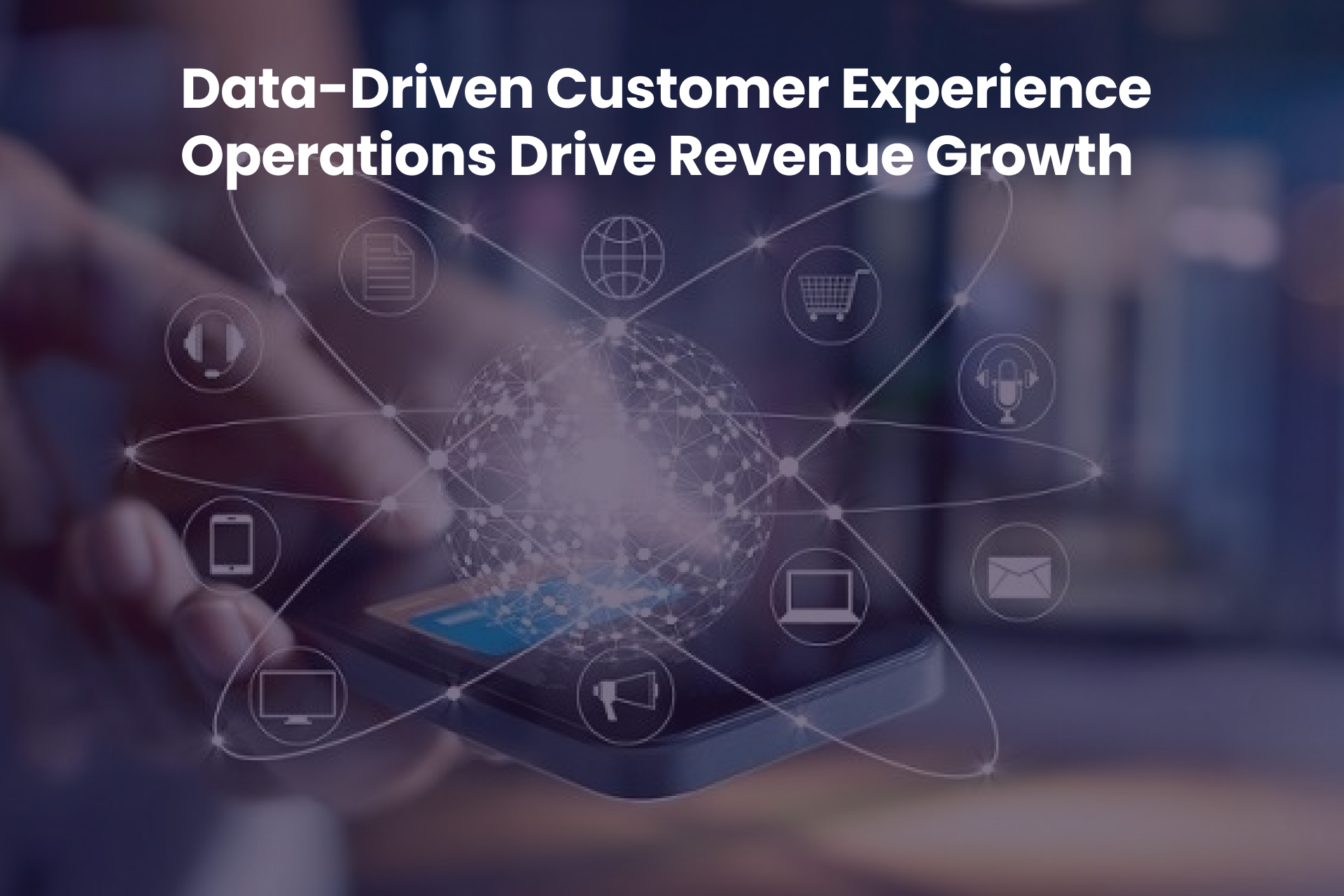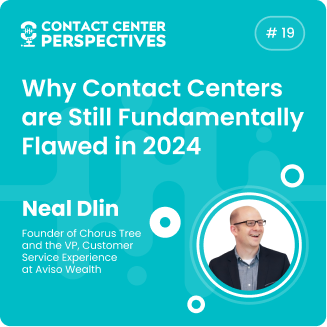Data-Driven Customer Experience Operations Drive Revenue Growth

Byline: This article is based on a podcast interview with Chancy Chen, Head of Omnichannel Customer Experience at T&T Supermarket
Key Takeaways:
- By linking customer satisfaction metrics with sales data, contact centers can transition from being perceived as cost centers to revenue-generating centers.
- Data plays a pivotal role in enabling customer experience leaders to demonstrate the impact of improved customer experiences on shopping behavior and revenue.
- Focusing on key performance indicators like AHT and FCR in contact centers enhances customer experiences and drives sales.
- Utilizing tools like CRM and CDP allows customer experience leaders to manage customer behaviors effectively and drive incremental sales for brands.
- By establishing a solid formula to bind customer experience metrics with customer shopping frequency, customer experience operations can directly contribute to business revenue growth.
Introduction
Chancy Chen delves into the connection between customer experience operations and bottom-line revenue in this article. Emphasizing the importance of data and digital transformation, Chancy highlights how customer experience leaders can drive sales by linking customer satisfaction metrics with shopping behavior. The conversation underscores the shift from viewing contact centers as cost centers to recognizing them as value-generating centers that can significantly impact revenue.
He explains how focusing on key performance indicators like AHT and FCR in contact centers lays the foundation for elevating customer experiences. By establishing a strong correlation between customer satisfaction metrics and sales data, customer experience leaders can demonstrate the tangible impact of improved customer experience on shopping frequency and overall sales. The discussion emphasizes the crucial role of data and tools in enabling customer experience operations to drive incremental revenue for businesses.
Unleashing the Power of Customer Experience Data
Data has emerged as the critical driver of success in today’s digital age, where businesses undergo rapid transformations. Transforming contact centers from cost centers to revenue generators requires a deep understanding of how customer experience metrics can directly impact bottom-line revenue. As Chancy rightly pointed out, traditional customer experience KPIs like AHT and FCR are essential for maintaining operational efficiency. Still, the true value lies in linking customer satisfaction and sales metrics.
He emphasized the importance of utilizing tools like CRM and CDP to manage customer data effectively. By capturing and analyzing customer behavior, businesses can establish a solid formula that illustrates the correlation between customer experience metrics (such as NPS and CSAT) and consumer shopping behavior. This data-driven approach enables customer experience leaders to provide tangible evidence to stakeholders that improving customer experience leads to increased shopping frequency and incremental sales.
Furthermore, showcasing a direct path from enhanced customer experience initiatives to revenue growth is critical for gaining buy-in from executives who may question the ROI of such investments. By leveraging customer data intelligently and creating a compelling narrative around the impact of customer experience on sales, organizations can position customer experience operations as strategic value centers within the business ecosystem.
Harnessing Data Insights for Informed Decision-Making
Transitioning from a cost center to a revenue driver requires a shift in mindset towards data-centric decision-making. Accenture and other industry experts have highlighted data’s pivotal role in shaping tomorrow’s business landscape. However, merely collecting data is not enough; businesses must interpret and utilize this data effectively to drive better customer experiences and boost revenue.
The key lies in identifying the right data points that indicate progress toward delivering exceptional customer experience. Metrics such as NPS scores and CSAT ratings offer valuable insights into customer satisfaction. Still, the real challenge lies in connecting these metrics to tangible outcomes like increased shopping frequency and higher purchase volumes. This linkage requires a robust data infrastructure encompassing tools to capture, analyze, and derive actionable insights from customer data.
Chancy’s emphasis on the critical role of data in customer experience operations underscores the need for businesses to prioritize investments in data management tools and technologies. By aligning customer experience metrics with sales metrics, organizations can unlock the true potential of their customer data, driving strategic decision-making and fueling revenue growth.
Conclusion
In conclusion, transforming customer experience operations from cost centers to revenue generators hinges on harnessing the power of customer data. By establishing a clear correlation between metrics and sales metrics, businesses can unlock new opportunities for revenue growth and customer loyalty. Embracing a data-driven approach to customer experience transformation is no longer optional but imperative in today’s competitive landscape.
The idea that customer experience can boost revenue isn’t just theory—it’s proven to work. When companies focus on improving customer experience, they see more people shopping more often, directly boosting sales. This shift isn’t just about making customers happier and turning customer experience into a critical driver of business success.
Looking for specific information?
Our specialist will help you find what you need in customer service outsourcing
Book a callDiscover Contact Center Perspectives Podcast
Discover the themes that resonate most with your challenges
 English
English






